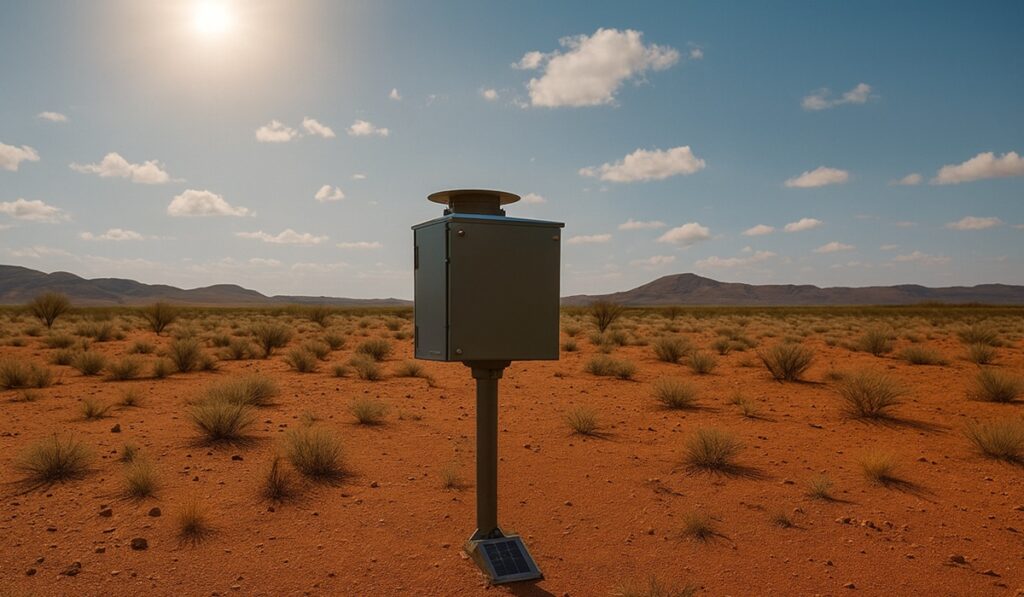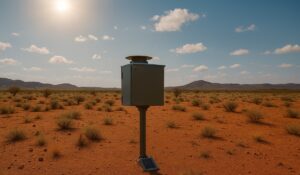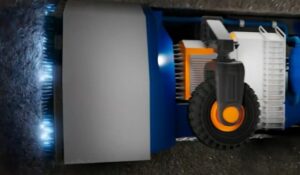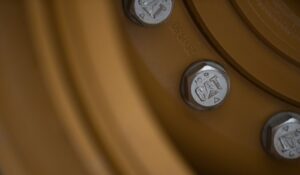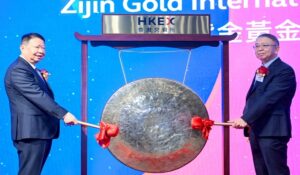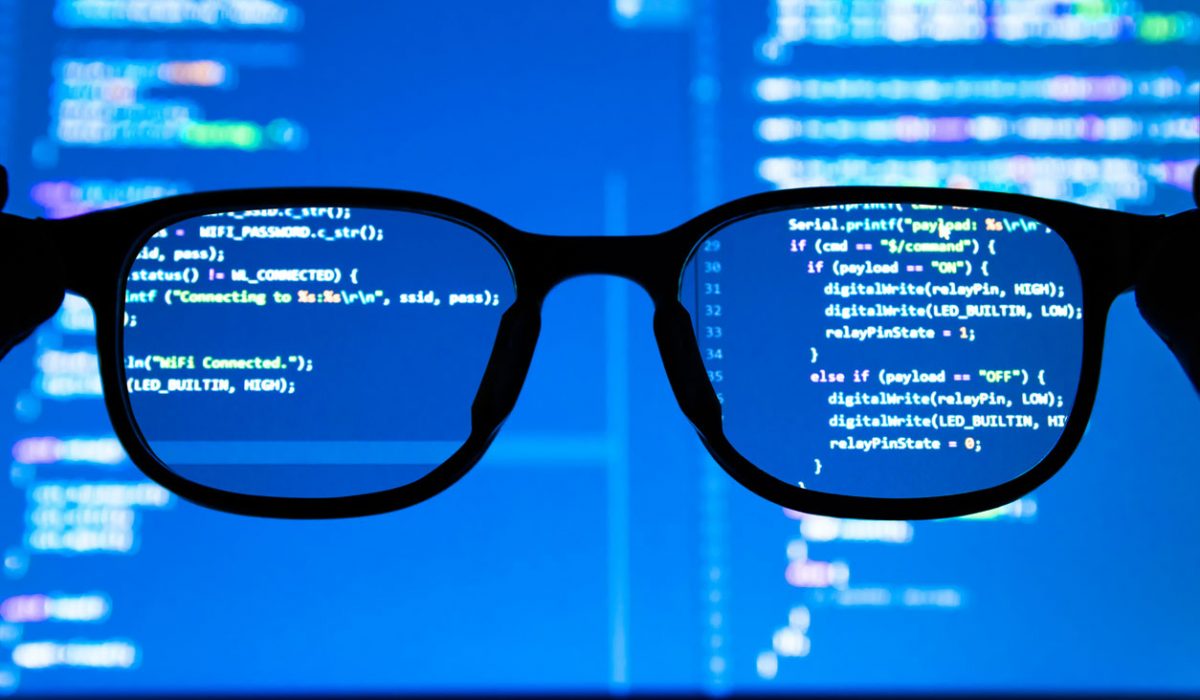After a week of seeing Western Australia’s mining industry up close, DNAir principal Stephanie Feeney says she is impressed with the quantity and quality of biodiversity data in the industry. However, she believes biodiversity risk could be a “major blind spot”.
In Australia with expert ecologist co-founder Dr Fabian Roger to take part in a program jointly run by Founders Factory and Rio Tinto, and to attend the IMARC conference and exhibition in Sydney, the Zurich-based entrepreneur describes DNAir as the first company with proprietary technology designed to capture and interpret airborne environmental DNA, or eDNA.
The Economist reported that DNAir’s tech could detect wildlife in an area “by sniffing DNA in the air”.
The start-up maintains it can reveal hidden biological insights that haven’t been accessible. Its patented sensors collect airborne eDNA from up to 100m above the ground, “transforming microscopic DNA fragments into powerful data streams”.
“Whether you’re tracking biodiversity, detecting pathogens for public health, optimising agricultural practices, strengthening biosecurity or guiding resilient urban planning, we deliver the insights you need to make smarter, science‑backed decisions,” the company says.
DNAir was one of a dozen mining and nature tech companies named this month by London-based Founders Factory and Rio Tinto in their latest accelerator program cohort.
“We’ve spent two weeks in Australia — the first … focused on validating the applicability of our technology for use in the Pilbara and beyond,” Feeney said.
“The second week is at IMARC in Sydney where we’re engaging with global mining companies to get a sense of broader market validation for DNAir’s technology.”
Feeney said in Perth mining companies did not have a “full picture of the living layer of a mining site”, hence the blind spot observation. Not having the clear picture “can lead to regulatory fines, to delays getting permits, to loss of trust from communities and trouble accessing capital”.
“We capture environmental DNA from the air and we use this to build a digital twin of the biological layer of mining sites, helping mining companies really make data-driven biodiversity assessments and to focus their resources on the hot spots that matter.”
Feeney said time spent on the ground in WA’s Pilbara had been invaluable.
“You can’t truly understand the scale, the climate or the environment here until you experience it,” she said.
“It’s a harsh, remote landscape and our technology has to be ready for that. We’ve only scratched the surface but we see huge potential and are already planning a return trip to deepen collaborations with mining operators, local universities and on-the-ground partners.
“Mining is an incredibly relevant sector for us.
“Beyond compliance, many operators now recognise that managing biodiversity effectively isn’t just good practice, it’s a strategic advantage. It builds trust with local communities, appeals to ESG-focused investors, and can reduce the impact of operations across the full mine lifecycle, from pre-approval through to closure.
“At the same time, biodiversity data remains a major challenge for the industry. Mines are often remote, traditional monitoring approaches aren’t scalable, and most existing technologies capture only fragments of the living picture.
“Despite the challenges the mining sector is actually one of the most advanced industries when it comes to biodiversity data. Many operators have been collecting environmental and biodiversity information for decades. But because of the practical realities they still don’t have a full picture of what species are living on or around their operations.
“The sector is hungry for innovation to help bridge that gap. It’s looking for technologies that can operate autonomously in hard-to-reach locations, that deliver comprehensive, defensible biodiversity data efficiently and safely. That’s exactly what we’re building at DNAir: patent-pending technology that captures biodiversity data directly from the air.”
Feeney said IMARC presented a further opportunity to get a sense of broader market validation for DNAir’s technology and build meaningful connections in the mining community.
“And to contribute our biodiversity science expertise to the broader conversation about environmental performance,” she said.
“We’re also here to listen and learn from operators’ environment teams, to understand their challenges firsthand and make sure our technology delivers real value on the ground.
“This trip is as much about collaboration and validation as it is about visibility.”

